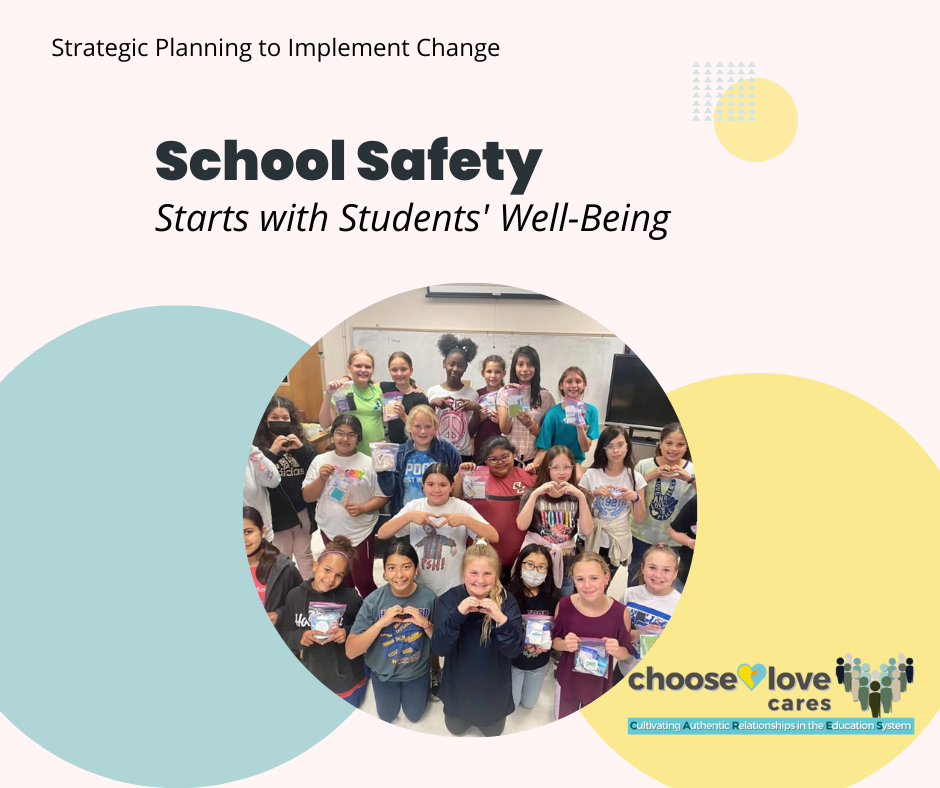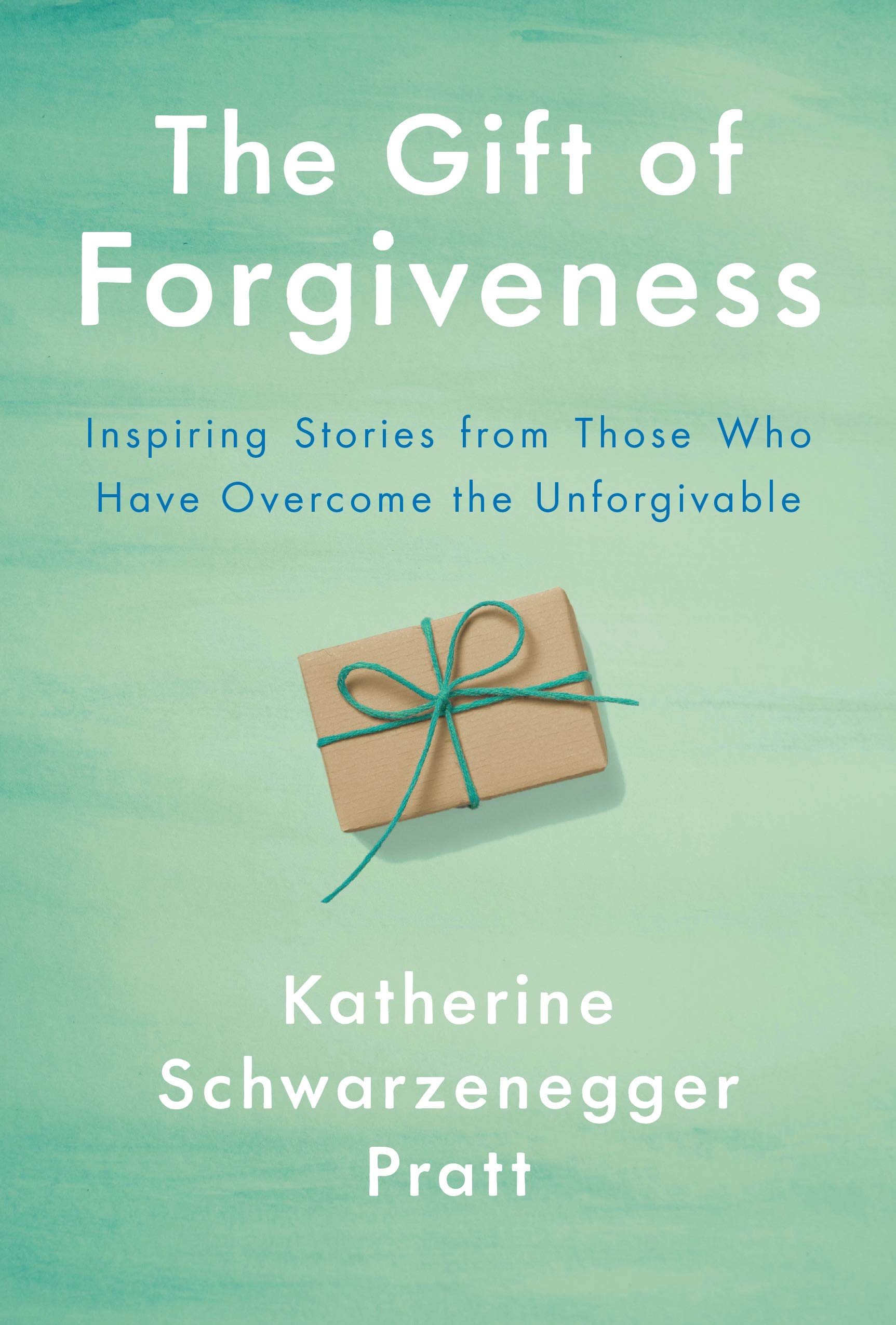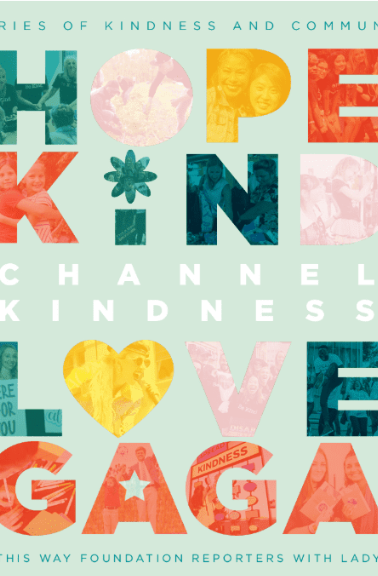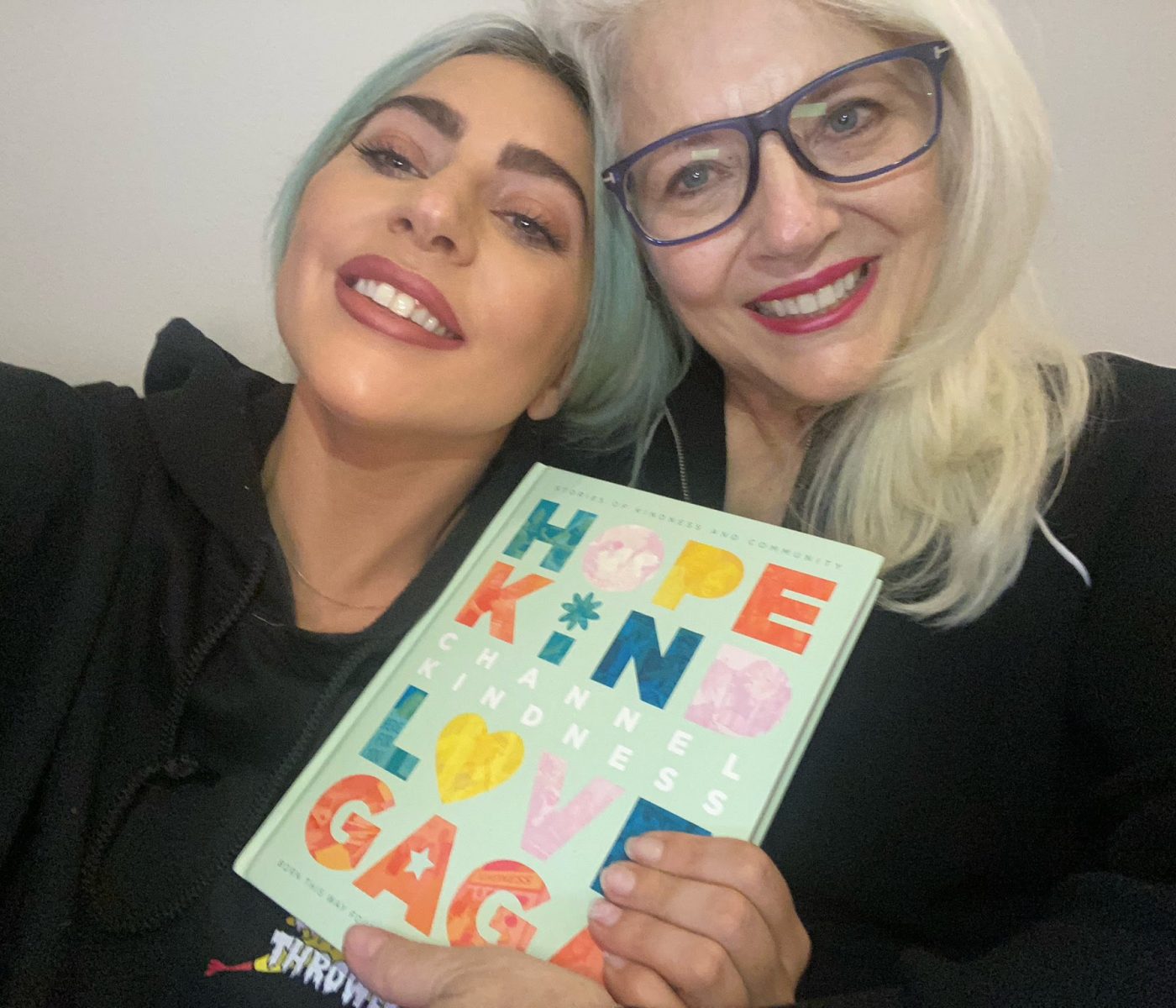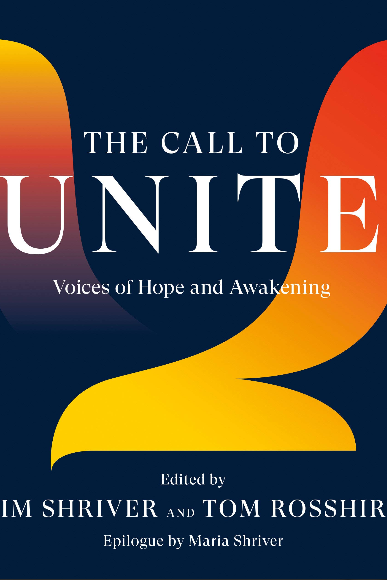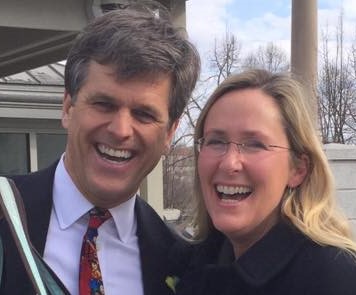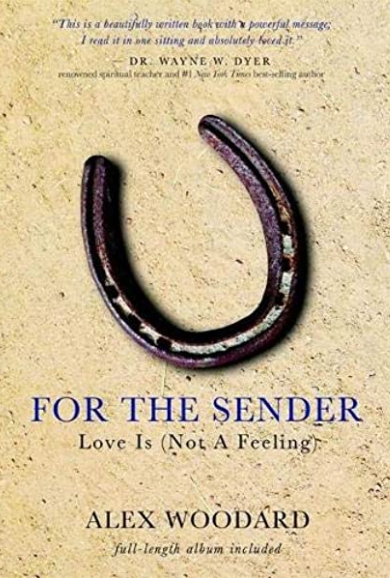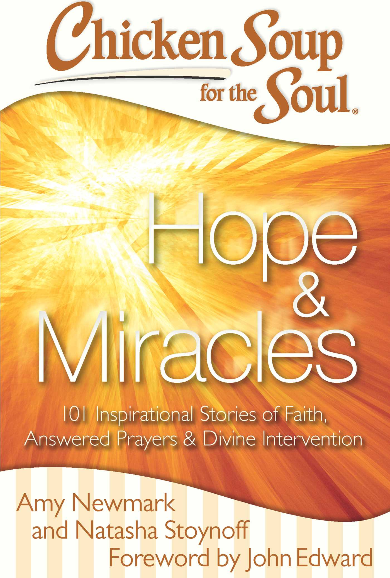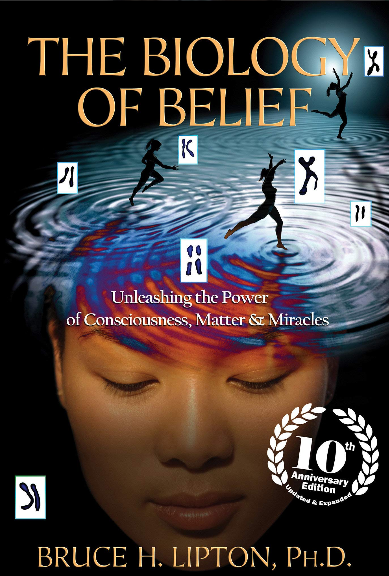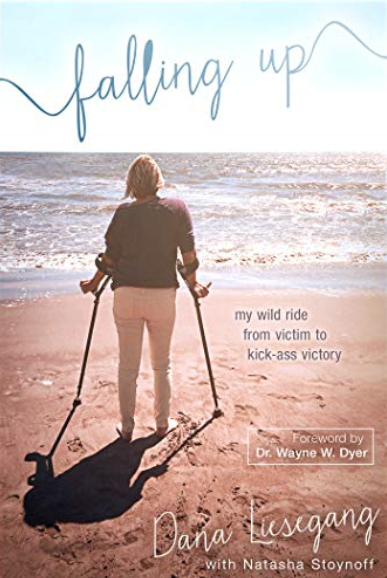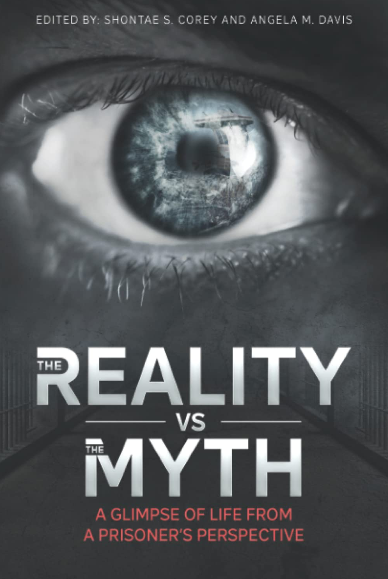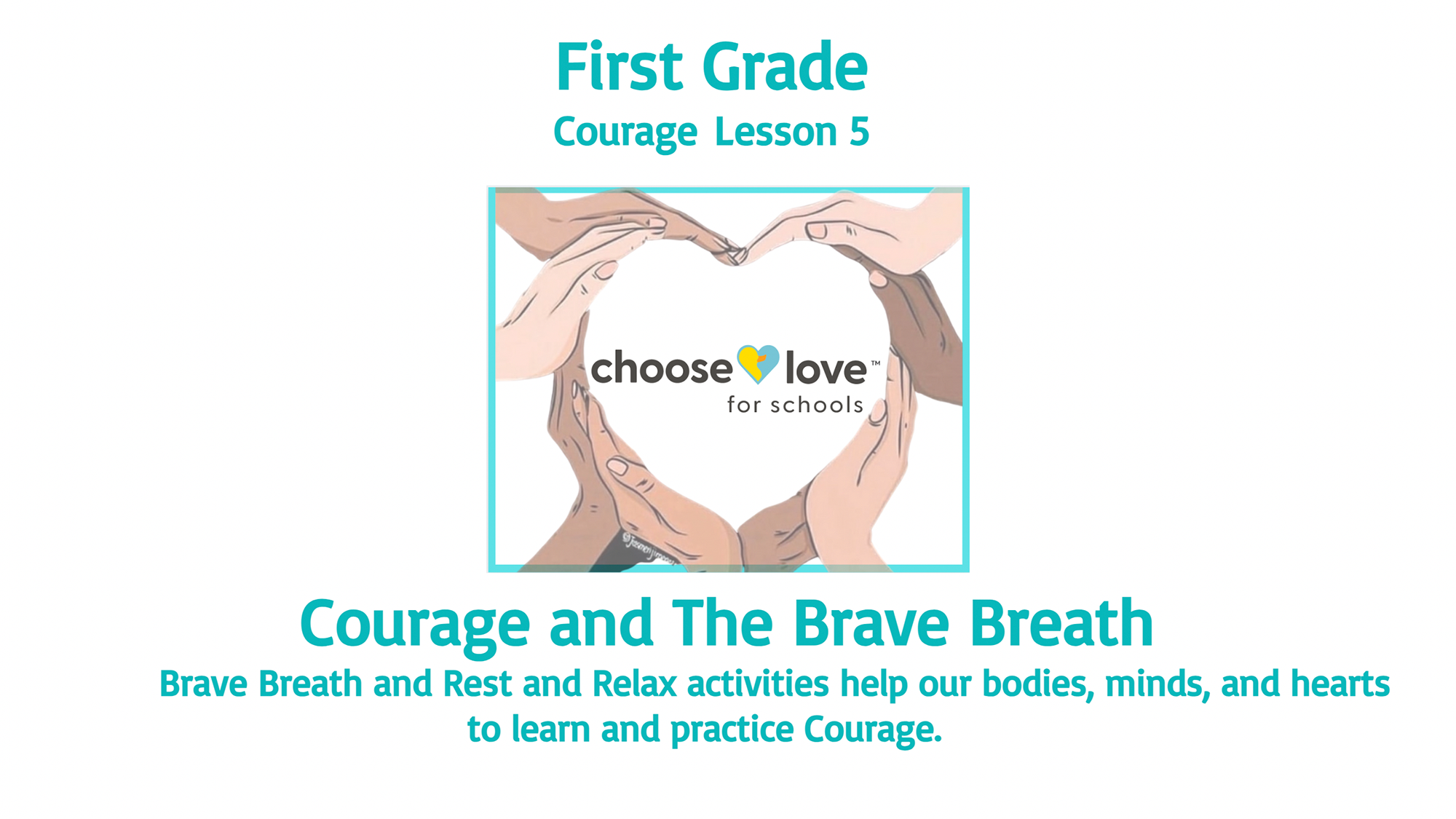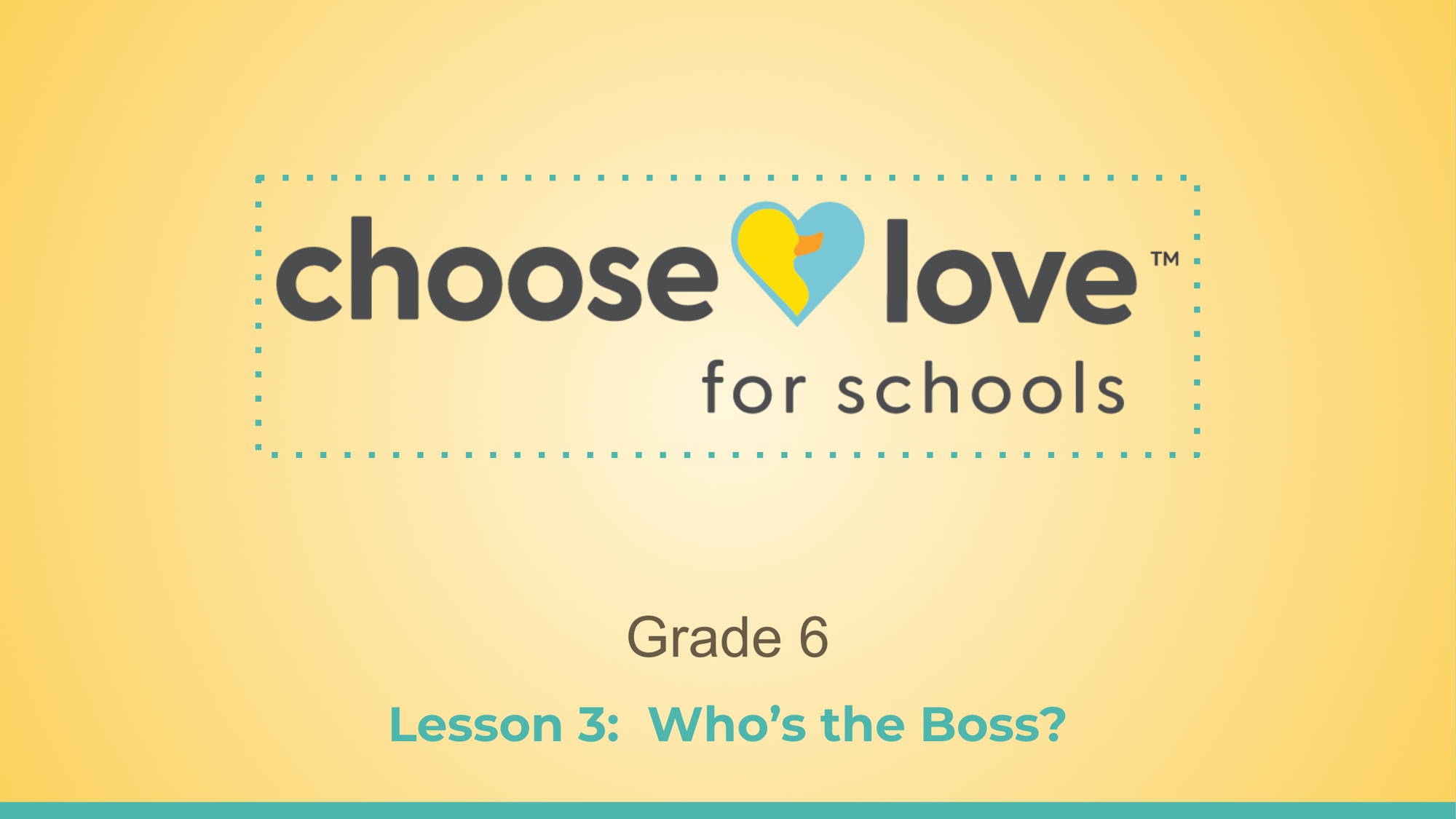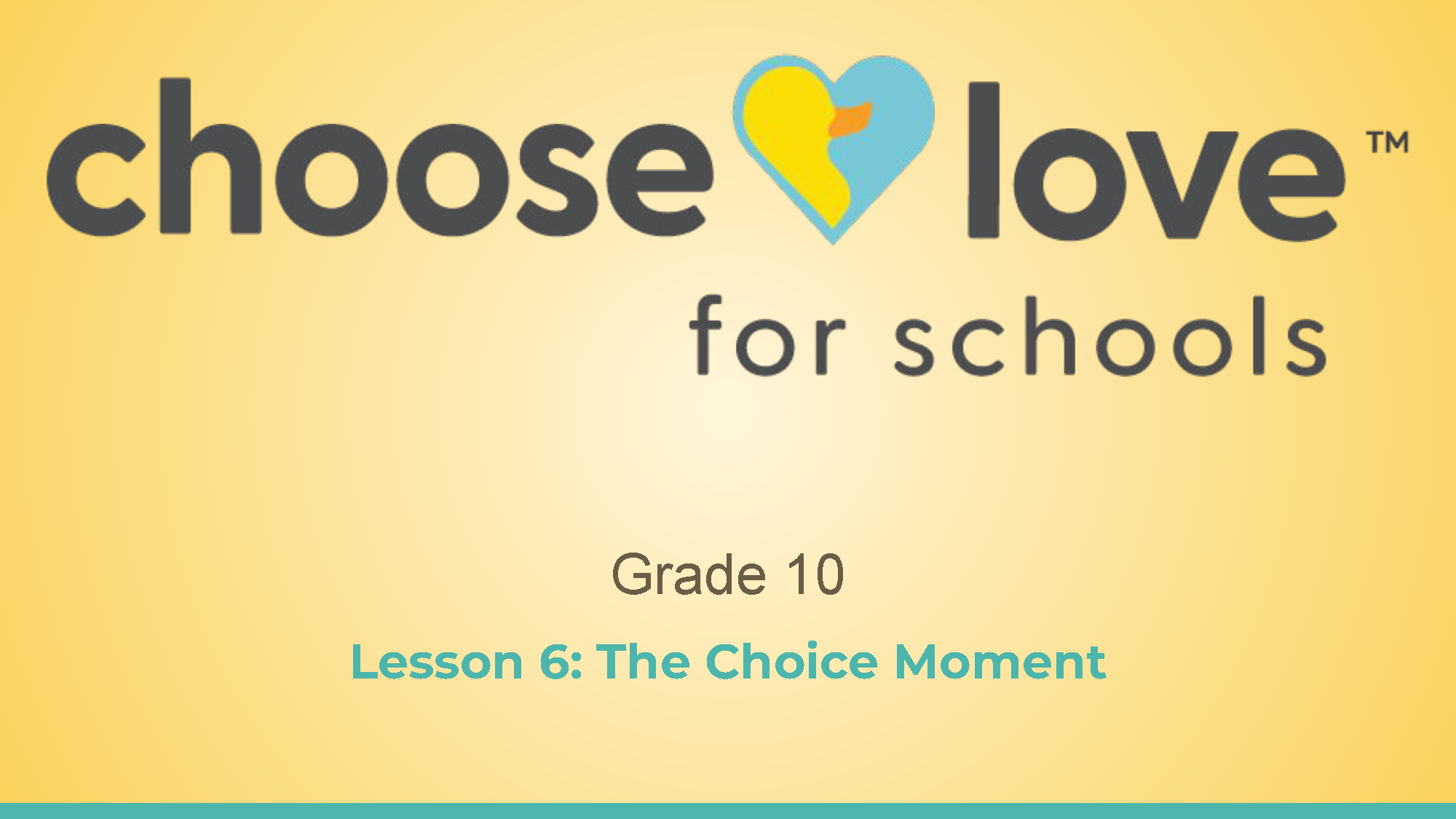Strategic Planning to Negotiate Change
By Heidi Marlinghaus and Jennifer Ozgur
We are Gen Xers. We baked in the sun with baby oil, played outside until it got dark, read books in order to get a personal pan pizza, and were obsessed with ET, Pac Man, and the moon walk. The one thing that wasn’t on our radar was the danger of mass school shootings.
Growing up, we were not deeply affected by the gas shortage, Reagan’s assassination attempt or even the Challenger explosion. While we remember certain sounds bites and images, they didn’t shake us to our core. While our childhood wasn’t without its challenges – we also feared nuclear war and AIDS – we were more concerned about collecting enough friendship pins, taking quizzes in teen magazines, and owning Liz Claiborne purses, Swatch Watches, and United Colors of Benetton shirts.
Recalling these memories help us to process the Uvalde tragedy because we are deeply concerned about childhood trauma, its effect, and the protective factors we can put in place to build emotional capacity and resilience.
We sometimes wonder if the horrific events that bombard our phone, laptops and other screens on our news feed elude our children because of their cognitive development.
Neuroscience tells us that the prefrontal cortex responsible for executive functioning doesn’t even start to emerge into the teenage years. That means that younger children are incapable of taking specific information and applying it to themselves. That could explain, but that’s not me, so it doesn’t apply to me, thinking. It certainly makes sense why, despite all the scary statistics about vaping, teenage use continues to go on the rise. However, in cases of violence in schools, it might actually help to protect the psyche of the young and vulnerable mind. Adults’ ability to project into the future – and children’s inability – means that we need to do whatever we can to create safe learning environments.
So, what does that look like in a classroom, and what can we do right now to make it happen?
From our perspective, the #1 first action is to acknowledge that school safety begins with fostering a sense of personal well-being for students and all who serve them. Teaching emotional regulation, mindful practices, and the pillars of the Choose Love Movement – Courage, Gratitude, Forgiveness, and Compassion-in-Action – are essential in fostering cultures so everyone feels a sense of unconditional positive regard.
To accomplish this endeavor, it is our mission to support the next generation of schools in embracing Nurturing Healing Love.
We work with schools to implement the free resources on the Choose Love website into school’s current practices in classrooms, hallways, meetings, and beyond.
As school strategists, we provide that administrative support so all stakeholders can reflect, adjust, and adapt to the ever-changing needs life presents.
Schools who engage in our process will:
- Embed their community with social emotional wellness through the Choose Love philosophy.
- Create more opportunities for students to have ownership in their education.
- Empower school leaders with the tools to be more transparent.
- Establish a strengths based-culture in all conversations.
- Elevate student achievement and problem-solving skills.
Imagine a school community that discovers their strengths and leverages them to build momentum….
In a world that has become very complicated, our response is to create a container of scaffolded conversations to elevate and inspire.
Won’t you please join us in this mission?

